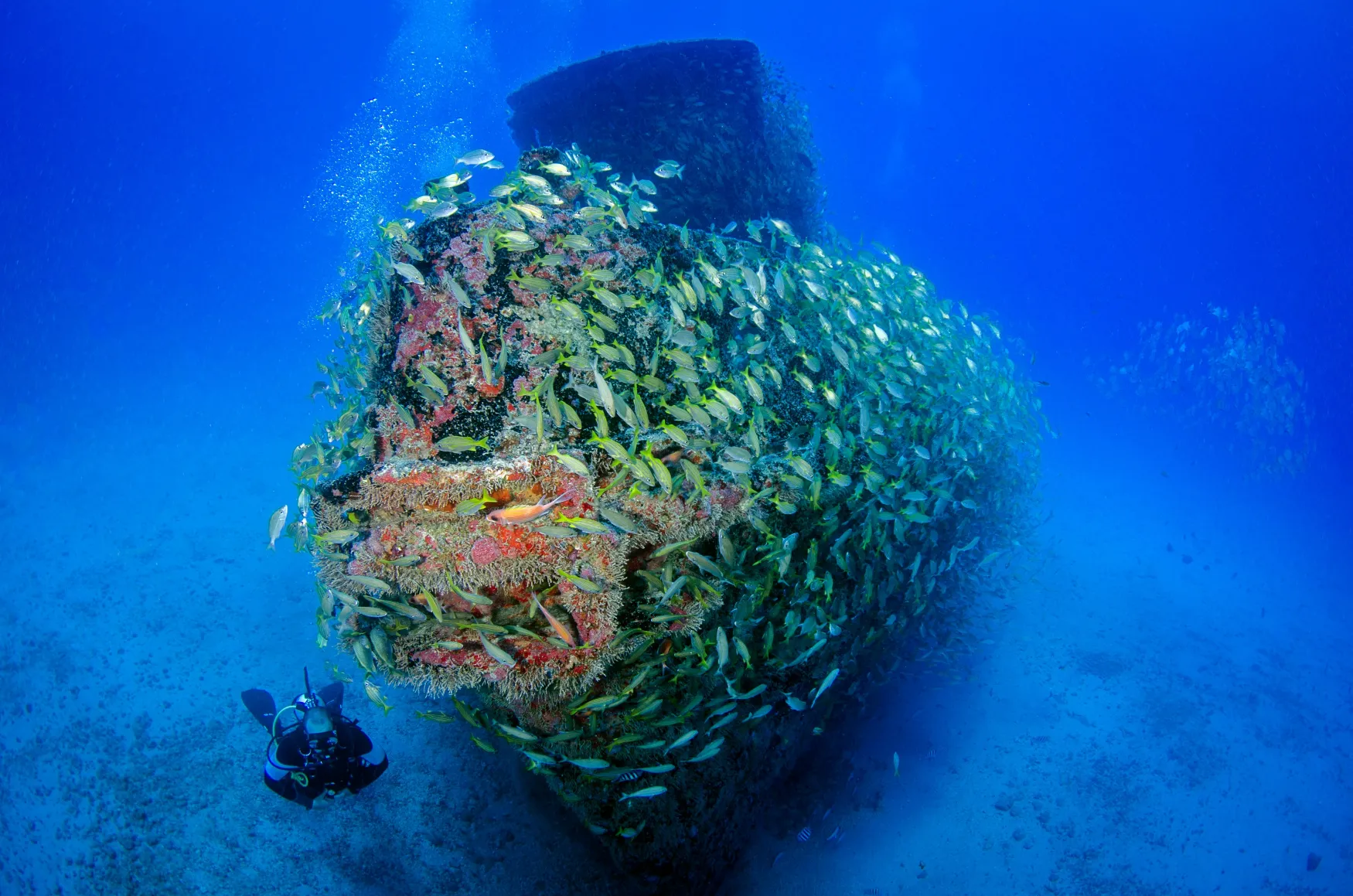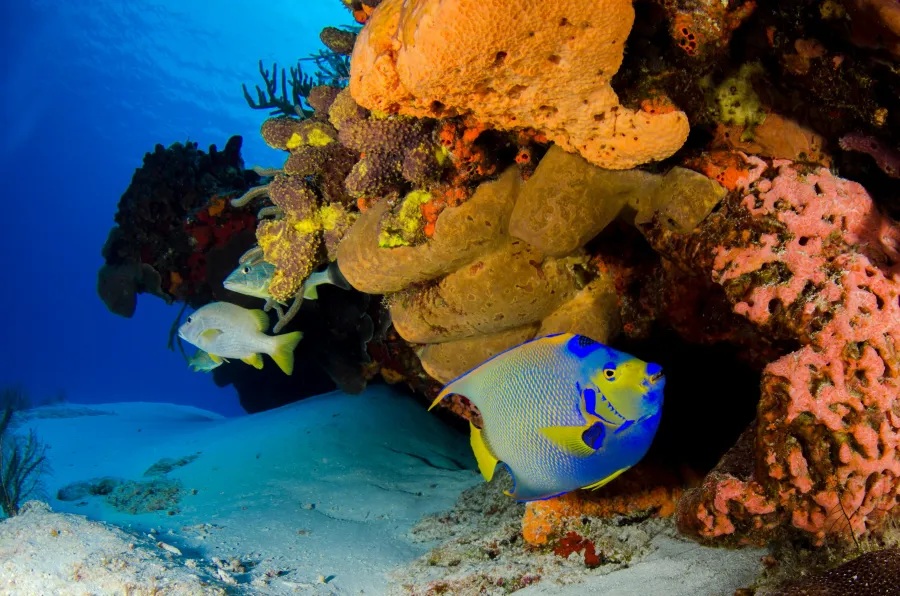


Whether you’re looking to develop new skills, explore deeper environments, or even start your journey toward becoming a professional diver, our PADI Continuing Education courses have you covered. From learning underwater navigation and wreck diving to advancing your buoyancy control, our range of courses allows you to customize your diving experience based on your interests.
At our Anguilla dive center, you'll train with expert instructors while surrounded by breathtaking marine life and historic wrecks. Choose between PADI Adventure Diver or Advanced Open Water Diver to explore selective dives that boost your skills. For those looking to specialize further, we also offer courses like Wreck Diver, Rescue Diver, and the pathway to becoming a PADI Dive Master. Whether you're diving recreationally or considering a professional career, there's a course designed for you.


The PADI Adventure Diver course is perfect for certified divers looking to expand their skills and explore new dive experiences. This course allows you to choose three Adventure Dives, such as deep diving, underwater navigation, night diving, or wreck diving. Under the guidance of a PADI instructor, you'll enhance your diving abilities and gain more confidence in different environments. It's a great way to try out speciality dives and take your diving to the next level. Plus, it’s a step toward earning your Advanced Open Water certification!
Ever been out on a dive and thought, “What if…?”
This course develops a diver’s ability to look beyond themselves to the safety and well being of other divers. Providing the divers with skills to prevent and if necessary, manage dive emergencies. To begin this course, you must be a certified advance open water diver and have completed a recognized standard first aid with CPR course within the last 12 months.
Requirements
Have a fun experience learning how depth and pressure affect you and the environment with fun tools like an underwater light, demonstration items like puzzles on a slate, and pressure-affected items. To complete this certification, the diver must complete 3 deep dives.
Requirements:
Learn how to identify various fish and sea life. To complete this certification, the diver must complete a minimum of 2 dives.
Requirements:
Underwater pictures are 50% skill and 50% practice. We can teach you the techniques, and you provide the practice.
Requirements
The PADI Search & Recovery course teaches you effective techniques to locate and retrieve lost items underwater. Whether you're searching for a small object or something larger, this course gives you the skills to plan and conduct search patterns using ropes, compasses, and lift bags, the diver must complete a minimum of 4 open water dives
Are You Prepared to Respond? An accident can happen anytime, anywhere. Whether it’s a burn, scrape, broken bone, or something even more serious, it’s important to know what steps to take. With first aid and CPR training from Emergency First Response® (EFR®), you’ll gain the knowledge and skills to help someone in need and become an essential link in the chain of survival. This course is split into three sections that deal with primary and secondary care, care for children, and cardiopulmonary resuscitation (CPR).
The PADI Divemaster course is the first professional level in the PADI system, designed for divers looking to advance their skills and lead dive activities. You’ll learn to supervise dives, assist instructors, and manage dive sites through both theoretical and practical training. Gain valuable experience by working alongside instructors and conducting dive briefings. Upon completion, you'll be certified as a PADI Divemaster, ready to pursue a career in the dive industry.
The PADI Assistant Instructor course is for divers aspiring to become professional instructors. It enhances teaching skills, allowing you to assist PADI instructors and conduct training sessions independently.
Key Highlights:
This course is ideal for dive professionals seeking to enhance their leadership and responsibility in the diving community.
... read more